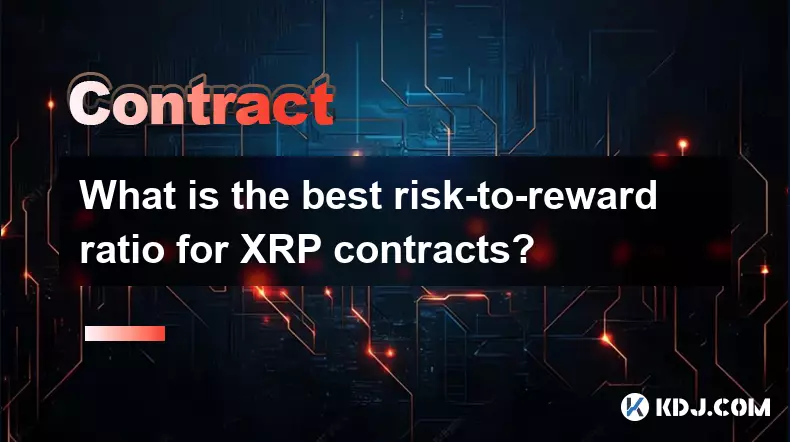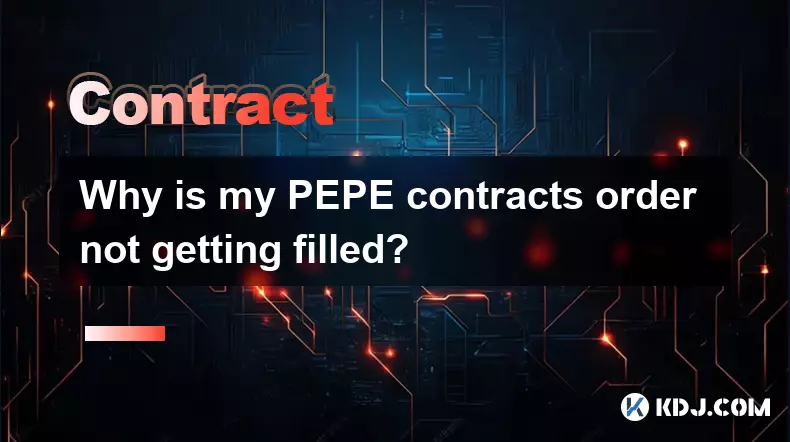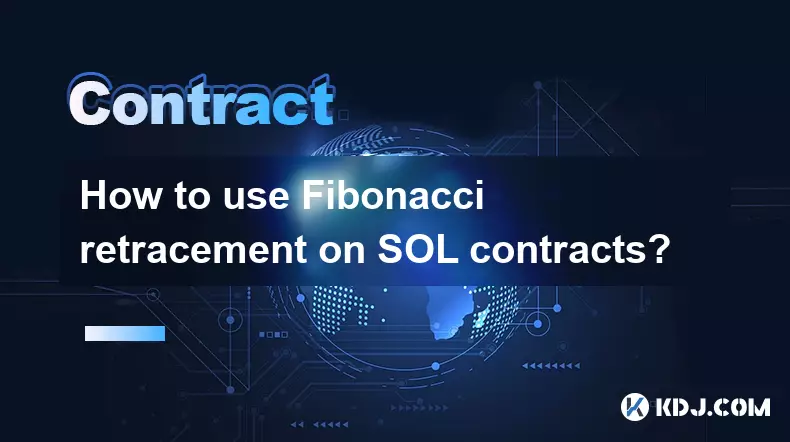-
 bitcoin
bitcoin $110918.433029 USD
-1.69% -
 ethereum
ethereum $3996.872473 USD
-2.43% -
 tether
tether $1.000594 USD
0.00% -
 bnb
bnb $1178.871834 USD
-2.38% -
 xrp
xrp $2.413973 USD
-3.47% -
 solana
solana $194.341461 USD
-4.24% -
 usd-coin
usd-coin $0.999963 USD
-0.03% -
 tron
tron $0.320092 USD
0.92% -
 dogecoin
dogecoin $0.196919 USD
-3.42% -
 cardano
cardano $0.669585 USD
-3.63% -
 hyperliquid
hyperliquid $37.485952 USD
-3.58% -
 ethena-usde
ethena-usde $1.000026 USD
-0.02% -
 chainlink
chainlink $18.018220 USD
-5.13% -
 bitcoin-cash
bitcoin-cash $523.879267 USD
-2.41% -
 stellar
stellar $0.324655 USD
-3.67%
How to develop a scalping strategy for Ethereum contracts?
Ethereum contract scalping demands precision, liquidity, and tight risk control, using high-frequency trades on 1-3 minute charts to exploit small price movements.
Oct 14, 2025 at 06:01 pm

Understanding Ethereum Contract Scalping
1. Scalping in Ethereum contracts involves executing multiple trades within short timeframes to capture small price differentials. Traders focus on micro-movements in the ETH/USD or similar futures pairs, often holding positions for seconds to minutes. The foundation of this strategy lies in high-frequency execution and tight risk control.
2. Liquidity plays a crucial role when scalping Ethereum derivatives. Contracts with high open interest and trading volume ensure minimal slippage and faster order fills. Prioritize major exchanges like Binance, Bybit, or OKX where ETH perpetuals have deep order books.
3. Leverage must be used cautiously. While platforms offer up to 100x on Ethereum contracts, aggressive leverage amplifies both gains and losses. Scalpers typically operate between 5x and 20x to maintain position stability during volatility spikes.
4. Precision in entry and exit timing is non-negotiable. A delay of even half a second can turn a profitable scalp into a loss due to rapid price reversals common in crypto markets. Automated triggers or hotkeys help reduce latency.
5. Market structure analysis—such as identifying recent swing highs/lows, order block formations, and liquidity pools—is essential. These elements guide placement of limit entries and stop-loss orders aligned with institutional-level price behavior.
Technical Indicators for Precision Entries
1. The Volume Profile helps identify high-volume nodes where price has spent significant time. These zones often act as magnets or barriers, offering reliable reversal or continuation signals for scalpers.
2. Using a combination of EMA(9) and EMA(21) on a 1-minute or 3-minute chart allows quick trend identification. When price hugs the 9 EMA and moves parallel to it, it indicates strong momentum suitable for directional scalps.
3. The Relative Strength Index (RSI) set to 6 or 7 periods detects overbought (>80) or oversold (
4. Order flow tools like Cumulative Delta show whether buying or selling pressure dominates at specific price levels. A sudden spike in sell delta at a resistance zone confirms short-side opportunities.
5. Time & Sales data combined with DOM (Depth of Market) enables real-time monitoring of large market orders hitting the bid or ask, revealing short-term imbalances exploitable by scalpers.
Execution and Risk Framework
1. Define a fixed risk-per-trade, usually no more than 0.5% of account equity. For a $10,000 account, that means risking $50 per scalp. Position size adjusts dynamically based on stop-loss distance.
2. Set profit targets conservatively—one-and-a-half to two times the risk. If the stop is 4 ticks away, aim for 6–8 ticks. High win rate compensates for small gains.
3. Use hard stop-loss orders on every trade. Avoid mental stops; market volatility can trigger emotional hesitation. Stops should align with technical invalidation points, such as beyond a recent fractal or liquidity node.
4. Avoid trading during low-liquidity periods like weekends or post-major news exhaustion phases. Spreads widen and false breakouts increase, raising the likelihood of adverse fills.
5. Backtest across varying volatility regimes, including FOMC announcements and exchange outages. A robust strategy performs consistently regardless of external noise.
Frequently Asked Questions
What is the optimal timeframe for Ethereum contract scalping?The 1-minute and 3-minute charts are most effective. They provide enough signal clarity without excessive noise. Higher frequencies like tick charts may introduce false patterns due to microstructure distortions.
How many scalps should I take per day?Quality outweighs quantity. Aim for 5 to 12 high-probability setups daily. Over-trading leads to revenge entries and pattern degradation. Discipline in selection separates consistent performers from gamblers.
Can I automate an Ethereum scalping strategy?Yes, but caution is required. Algorithms must account for exchange-specific fees, funding rates, and network latency. Fully automated bots often fail during flash crashes unless equipped with circuit breakers and adaptive logic.
Is scalping viable during low-volatility markets?It becomes significantly harder. Narrow ranges reduce profit potential while increasing the chance of being stopped out by random wicks. Many professional scalpers stand aside when ATR(14) drops below a predefined threshold on the 5-minute ETH chart.
Disclaimer:info@kdj.com
The information provided is not trading advice. kdj.com does not assume any responsibility for any investments made based on the information provided in this article. Cryptocurrencies are highly volatile and it is highly recommended that you invest with caution after thorough research!
If you believe that the content used on this website infringes your copyright, please contact us immediately (info@kdj.com) and we will delete it promptly.
- Penny Assets to Watch: MUTM and the 2025 Ranking of Promising Tokens
- 2025-10-16 18:25:12
- Crypto Launch Mania: Is Snorter the Next Pepe or Shiba Inu?
- 2025-10-16 18:25:12
- Coinbase Stock: Riding the Crypto Wave - Buy, Sell, or Hold?
- 2025-10-16 18:30:01
- $BFX vs. $IONX: Unveiling the Fastest-Growing Crypto Presale and the Next Big Play
- 2025-10-16 18:30:01
- Bitcoin, Hyper, and DeepSnitch AI: Decoding the Crypto Landscape
- 2025-10-16 18:30:01
- Bitcoin Price Rollercoaster: $150K Predictions Amidst Liquidations
- 2025-10-16 18:30:15
Related knowledge

How to calculate the ROI for Ethereum contracts?
Oct 09,2025 at 04:36pm
Understanding Ethereum Contract ROI Basics1. Return on Investment (ROI) for Ethereum contracts begins with tracking the initial capital deployed into ...

How to find arbitrage opportunities between different Bitcoin contracts?
Oct 14,2025 at 11:18pm
Finding Arbitrage Opportunities in Bitcoin Futures Markets1. Monitor price discrepancies across exchanges offering Bitcoin futures contracts. Differen...

What is the best risk-to-reward ratio for XRP contracts?
Oct 11,2025 at 04:18am
Understanding Risk-to-Reward in XRP Futures Trading1. The risk-to-reward ratio is a fundamental metric used by traders to evaluate the potential profi...

Why is my PEPE contracts order not getting filled?
Oct 12,2025 at 06:01pm
Understanding Liquidity Issues in PEPE Contracts1. Low liquidity is one of the primary reasons a PEPE contract order may not get filled. Many meme-bas...

How to use Fibonacci retracement on SOL contracts?
Oct 14,2025 at 02:36pm
Fibonacci Retracement Basics in SOL Trading1. Fibonacci retracement is a technical analysis tool used to identify potential support and resistance lev...

Is it better to trade Dogecoin contracts or spot?
Oct 12,2025 at 04:54pm
Understanding Dogecoin Spot Trading Mechanics1. Spot trading involves the direct purchase and ownership of Dogecoin at the current market price. Trade...

How to calculate the ROI for Ethereum contracts?
Oct 09,2025 at 04:36pm
Understanding Ethereum Contract ROI Basics1. Return on Investment (ROI) for Ethereum contracts begins with tracking the initial capital deployed into ...

How to find arbitrage opportunities between different Bitcoin contracts?
Oct 14,2025 at 11:18pm
Finding Arbitrage Opportunities in Bitcoin Futures Markets1. Monitor price discrepancies across exchanges offering Bitcoin futures contracts. Differen...

What is the best risk-to-reward ratio for XRP contracts?
Oct 11,2025 at 04:18am
Understanding Risk-to-Reward in XRP Futures Trading1. The risk-to-reward ratio is a fundamental metric used by traders to evaluate the potential profi...

Why is my PEPE contracts order not getting filled?
Oct 12,2025 at 06:01pm
Understanding Liquidity Issues in PEPE Contracts1. Low liquidity is one of the primary reasons a PEPE contract order may not get filled. Many meme-bas...

How to use Fibonacci retracement on SOL contracts?
Oct 14,2025 at 02:36pm
Fibonacci Retracement Basics in SOL Trading1. Fibonacci retracement is a technical analysis tool used to identify potential support and resistance lev...

Is it better to trade Dogecoin contracts or spot?
Oct 12,2025 at 04:54pm
Understanding Dogecoin Spot Trading Mechanics1. Spot trading involves the direct purchase and ownership of Dogecoin at the current market price. Trade...
See all articles


























![Web3 Crypto Market Morning Report: The market is in decline, altcoins have fallen by more than 5%, Binance compensation has been received, and Memes on the Bnb chain have collectively plummeted [Vic TALK Issue 1444] Web3 Crypto Market Morning Report: The market is in decline, altcoins have fallen by more than 5%, Binance compensation has been received, and Memes on the Bnb chain have collectively plummeted [Vic TALK Issue 1444]](/uploads/2025/10/16/cryptocurrencies-news/videos/web-crypto-market-morning-report-market-decline-altcoins-fallen-binance-compensation-received-memes-bnb-chain-collectively-plummeted-vic-talk-issue/68f043c9c8b44_image_500_375.webp)















































